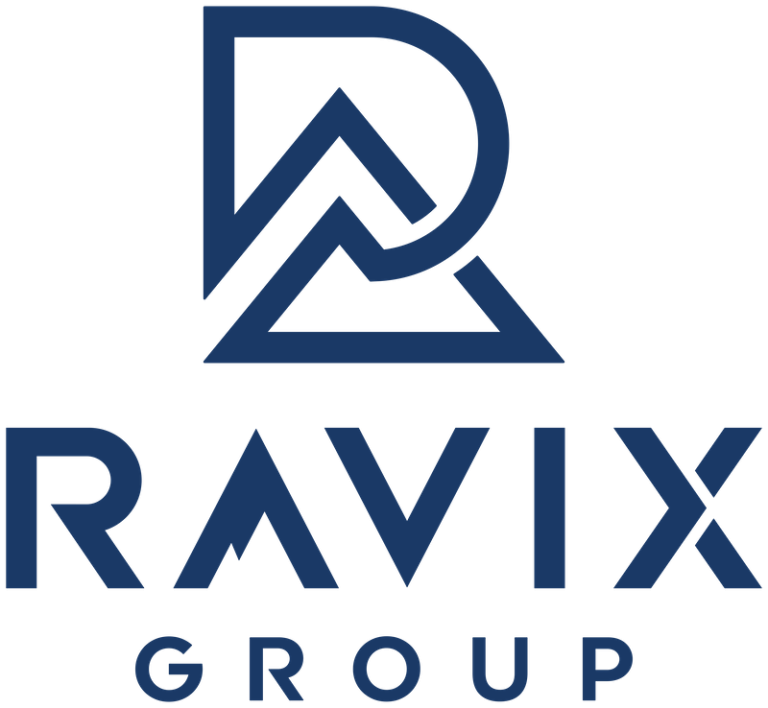Trigger Warnings: Rich People Problems
Several years ago, a famous painter passed away, the end of his life complicated by the problems of the wealthy: many heirs are laying claim to his artworld throne. The news came to me, Dr. Doom, not through the gossip of the art world but via a terse, unexpected phone call that cut through a lazy Sunday, interrupting my most recent issue of Harvard Business Review as I binge-watched The Simpsons.
The voice on the other end belonged to the lawyer of the late Anton LaVey*, a painter whose canvases commanded the hushed reverence usually reserved for holy relics, his favorite muses being religious figures and beloved by Catholics worldwide. Anton had departed this world as unexpectedly as his art had entered it, leaving behind a legacy to be marveled at and, as it turned out, a mess to be managed.
The chaos was not born from the absence of a will, but from its existence on a canvas far less enduring than those Anton was famed for—a simple cocktail napkin from his favorite late-night haunt he visited with his lady friend. Upon his death, it became the disputed map to his treasure trove of assets. The family and his lover, each member more colorful and combative than the last, could not agree on the legitimacy or the interpretation of the napkin’s scribbles. Who will inherit the vast fortune?
Enter Dr. Doom, not with a palette and brush, but with a ledger and the law. My task? To step into the eye of the storm, to manage the escrow and payment distribution of Anton’s considerable estate with the impartiality of a judge and as precise as the details on Anton’s famed “Fatima Miracle”.
The escrow process for the uninitiated is the fiscal netherworld where assets are neither here nor there—they are held in trust, secure but static until the warring factions agree, or until a higher power dictates otherwise.
My fiduciary responsibility was clear: to act in the estate’s best interest and all legitimate claimants. With an estate composed of high-value assets—paintings that could fetch the GDP of a small island nation at auction, royalties from prints and retrospectives, and the anticipated spike in posthumous sales—I had to ensure that not a penny was misplaced or misappropriated.
The journey was fraught with legal battles, contested will interpretations, and the occasional paintbrush thrown in my direction. As the executor, I used a firml hand, managing each sale and watching the escrow account with an eagle’s eye. Each painting, each print that found its way to a new home, did so under my supervision, with funds transferred securely and transparently into the escrow account.
As funds accumulated, my role expanded to mediator, therapist, and sometimes, bouncer, as tensions flared and the family’s true colors bled through. I kept the process moving, verifying each transaction, each bid with the meticulous attention to detail that I was renowned for.
Ultimately, the resolution came not with the grand finale of an art opening but with the quiet rustle of legal papers and the soft chime of a balanced escrow account. The will—yes, even that scribbled on a napkin—was honored, the assets distributed, the debts settled, and Anton LaVey’s legacy preserved.
The real lesson here? Ravix Group manages escrows after a startup’s assets have been distributed.
Thinking of business restructuring or winding down your startup? Schedule a one-hour consultation with Dr. Doom immediately for an assessment and receive a wind-down playbook.
*Names have been changed to protect the traumatized…heirs.



